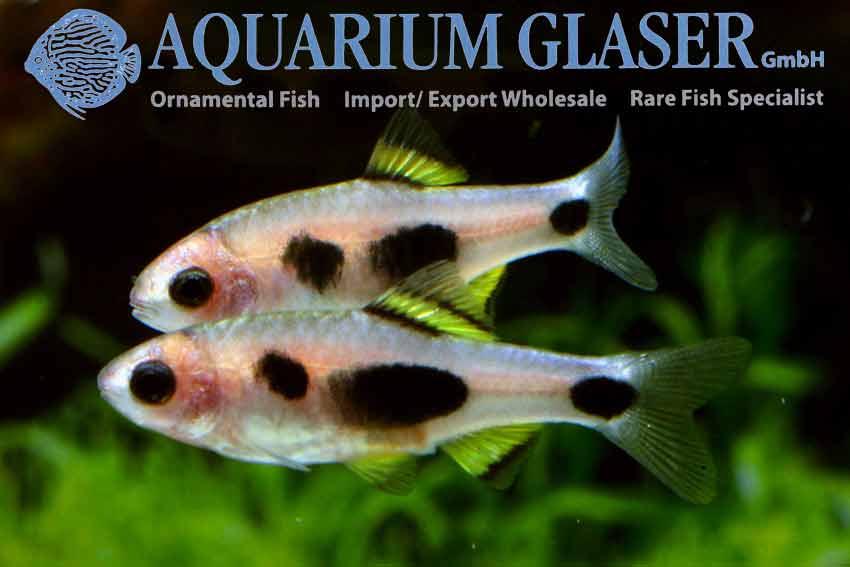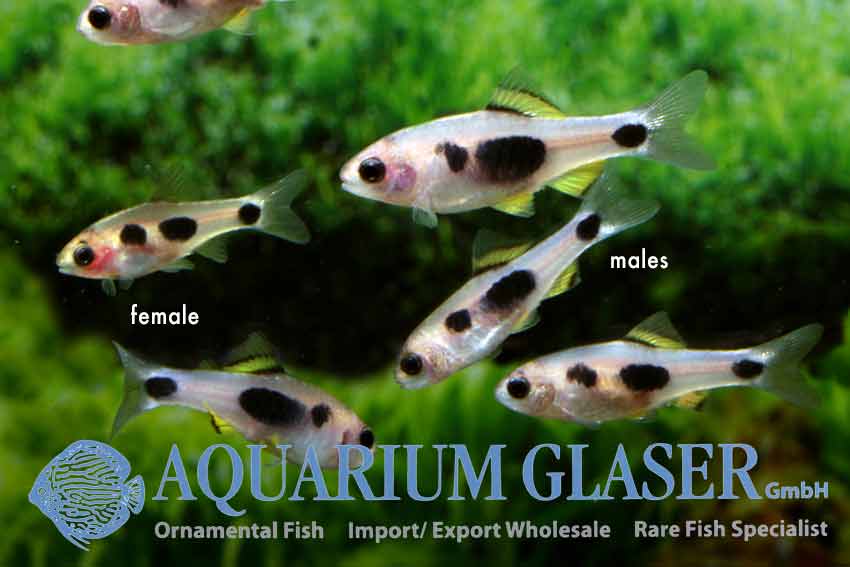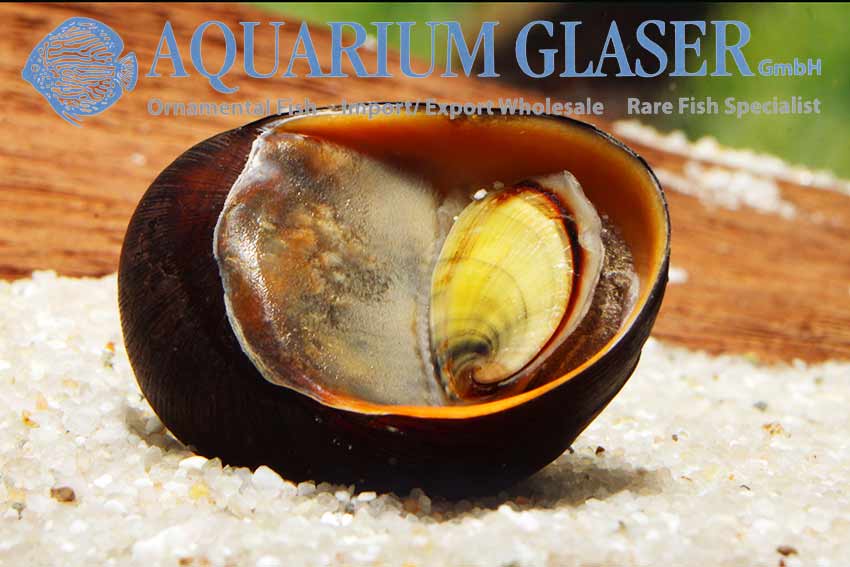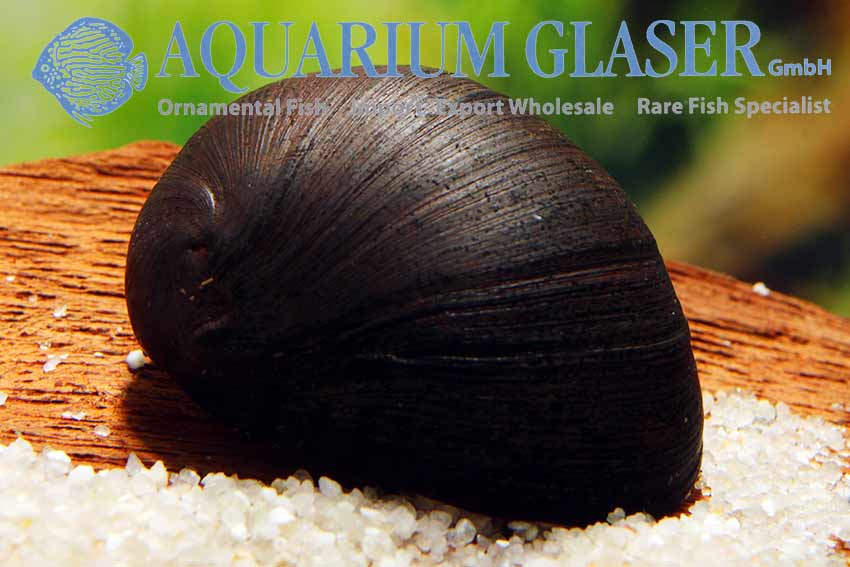



At the first glimpse Cynotilapia look very much alike the Malawi Zebras of the genus Maylandia In contrast to the zebras, in Cynotilapia the teeth are monoscupid (with two cusps in zebras). This difference is of more importance than one should think, for the zebras feed on Aufwuchs (eg the algae film on rocks etc. with all the containing microbiotics), whereas Cynotilapia feed on plankton (mainly small crustaceans), which is picked out of the water column. So the zebras and Cynotilapia differ very much in respect of their natural way of feeding.
On the other hand, Cynotilapia pulcipan can be kept in aquaria like any other Mbuna (Mbuna is the name for all the rock dwelling cichlids from Lake Malawi). It is best to keep them in larger groups of 10 or more specimens. It is of little meaning how this group is composed in respect of the sexes. People who want to breed will prefer one male for a greater number of females, but people who like simply to watch the fish do best to keep more males than females. In the latter case will always be one or two dominant males in the tank that display their breathtaking colours!
Cynotilapia pulpican become 6-8 cm long in the wild, but, like all Mbuna, they grow bigger in the aquarium. But even old males will not grow larger than 10 cm, females always stay smaller. So C. pulcipan is one of the smallest species of Mbuna known so far.
For our customers: the fish have code 516752 on our stocklist. Please note that we exclusively supply the wholesale trade.
Lexicon: Cynotilapia: means “dog-Tilapia”; this refers to the uniscupid “canine” teeth, Tilapia is another genus of cichlid. pulpican:
Common name: Pseudotropheus “Kingsizei”, Likoma Blue Frost
| Angaben zum Tier | |
|---|---|
| Herkunft | Nachzucht / bred |
| Verfügbare Größe in cm | 6-8 |





































 Currently we can offer a very odd species of catfish, namely Trachelyopterus fisheri. Initially this species of driftwood catfish orginates from Colombia where it is found in the system of the Rio Sucio. From that area only very occasionally importations appear. So we are quite happy that we have an adult wild collected male of this extraordinary species in stock.
Currently we can offer a very odd species of catfish, namely Trachelyopterus fisheri. Initially this species of driftwood catfish orginates from Colombia where it is found in the system of the Rio Sucio. From that area only very occasionally importations appear. So we are quite happy that we have an adult wild collected male of this extraordinary species in stock.


















































































































































































































































































 For the first time ever we managed to import this breathtaking species of tetra from Venezuela. The about 4 cm long fish always swim in closely aggregated schools. They settled in our fishhouse without problems, but for the photographer these fish are a real challenge. The brilliant glittering colours – blue, green, violet – vanished completely under the flashlight or the fish looked silvery all over the body. Only after a lot of trials we managed to find a position for the flash that allowed to illustrate this fish as beautiful as it looks to the eye of the observer.
For the first time ever we managed to import this breathtaking species of tetra from Venezuela. The about 4 cm long fish always swim in closely aggregated schools. They settled in our fishhouse without problems, but for the photographer these fish are a real challenge. The brilliant glittering colours – blue, green, violet – vanished completely under the flashlight or the fish looked silvery all over the body. Only after a lot of trials we managed to find a position for the flash that allowed to illustrate this fish as beautiful as it looks to the eye of the observer.
